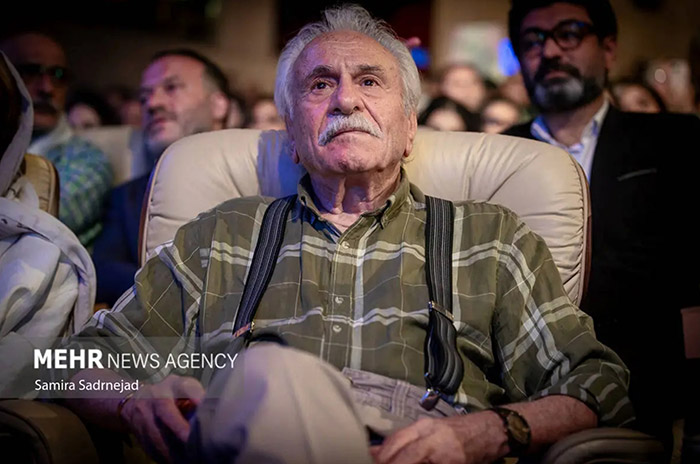Once a family consents to donate their loved one’s organs, a chain of action is set in motion. Medical professionals from various specialties converge. Coordinators work rapidly to match viable organs with waiting patients. Emergency teams prepare for extraction, preservation, and transplantation.
In the “San”—a poetic term in some ceremonies referring to the place of spiritual transition—the people who make all of this possible are honored: doctors, nurses, coordinators, and, most of all, the families. Each link in the chain is not only technical but emotional, and each is essential in bridging death with life.
The Moment That Breaks the Silence
During the Celebration of the Soul, perhaps the most moving moment is when the family of the donor first meets or learns about the recipients of their loved one’s organs. These are not anonymous statistics, but people who now breathe, see, or live because of the decision made at the edge of grief.
It’s a moment that few can witness without tears. A mother clutches a photo of her teenage son, whose heart now beats in another’s chest. A father places his hand on the shoulder of a young girl whose sight was restored through a corneal transplant. In these meetings, silence often speaks louder than words. A single glance—of recognition, gratitude, sorrow, or solidarity—carries the weight of generations.
Some families bring framed photos of their loved ones, holding them high as if lifting their spirits for all to see. Their voice may tremble, but their message is clear: He is gone, but he saved lives. She is not here, but her soul remains. And in the hush that follows, there is a collective understanding that this ceremony is not just about death—it is about redefining the purpose of loss.

